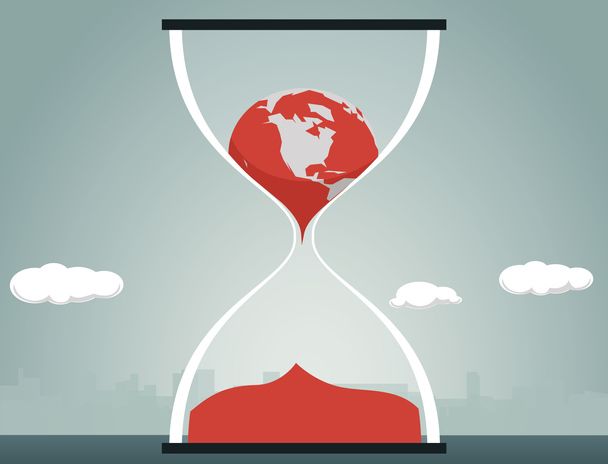The EU’s sustainable transition can no longer happen in incremental steps, but requires a huge transformation in most sectors, an asset manager has said.
“Overall emissions from the different economic sectors need to halve in less than 10 years,” Helena Viñes Fiestas, deputy global head of sustainability and head of stewardship and policy at BNP Paribas Asset Management (BNPP AM), told Expert Investor.
She explained: “This demands transformational change. It means that massive reductions are needed in energy, electricity production and transport as well as in agriculture.
“Buildings today are the number one end user of energy and emitter in Europe, retrofitting is therefore a priority and at large scale. It also implies that, for example, any infrastructure built today, if it has an expected lifespan of 30 or more years, should be fit for a carbon neutral world.
“The good news is that it also opens up a myriad of opportunities; such as green hydrogen, plastic recycling, off-shore wind or isolation measures, just to mention a few.”
Taxonomy as guidance
Speaking at a press conference, Viñes Fiestas explained how the EU’s taxonomy works as a tool to guide investments in the transition.
The taxonomy labels an economic activity as environmentally sustainable if it substantially contributes to at least one of six EU environmental objectives without significantly harming any of the others, and complies with minimum social safeguards.
It enables the transition by defining thresholds, for example on carbon emissions, at the activity and not the firm level.
A cement company, for example, can finance any bond or loan through the green finance market, as long as it forms part of a taxonomy-aligned investment plan, Viñes Fiestas said.
“The taxonomy does not judge or assess companies. [But] investors will still need to conduct their environmental risk management in regard to the governance of the companies,” she added.
Given the huge transformation that is needed, the taxonomy helps investors define the transition strategies that are consistent with a 1.5-degree scenario and carbon neutrality by 2050 (see graph below). Particular thresholds of the taxonomy, however, have been criticised in the past as being too weak.

The role of investors is to support the transition efforts of companies, while managing the climate and dealing with stranded asset risks, Viñes Fiestas said.
“The climate agenda, but also technology and digitalisation, are rapidly changing the market dynamics of many of these sectors that found themselves at a cross-roads. How companies manage the transformation of their businesses in order to face the energy transition (and, in many cases, the technological transition) will define their future,” she noted.
Fund level thresholds
For institutional investors, the taxonomy thresholds will work as a benchmark for funds.
Used as a comparison tool, the taxonomy means that a fund’s alignment to the regulation and the transition can be measured for the first time, Viñes Fiestas explained.
But as it is still work-in-progress, fund level comparisons will initially be limited to climate change mitigation and climate change adaptation.
The EU said that the taxonomy for these two objectives should be established by the end of 2020, in order to ensure its full application by the end of 2021.
For the other four environmental objectives, the taxonomy should be established by the end of 2021 and will apply by the end of 2022.
To calculate the alignment of a fund with the taxonomy, the percentage of aligned activities in a fund and the weightings of companies will be aggregated (see graph below).

Viñes Fiestas added that the tool will apply to the vast majority of BNPP AM’s funds, including international companies, but not to those sold outside of Europe.
At a global level, the International Platform on Sustainable Finance (IPSF) could become a facilitator in aligning regionally created taxonomies.
Among the members who launched the IPSF are Argentina, Canada, Chile, China, India, Kenya, Morocco and the EU.
*The article has been updated by adding that criticism on particular thresholds has been raised in the past.







